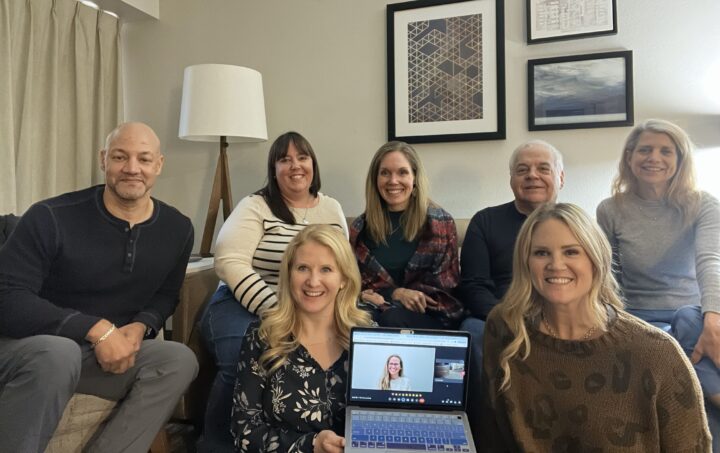When Molly Hackett, a St. Louis event planner, started receiving calls from human trafficking investigators, she was floored. It never occurred to her that her expertise could aid law enforcement in curbing a fast growing crime due to the high profits and low risk to perpetrators.
After all, this modern slavery is all around us, hiding behind misunderstandings and preying on our history lessons. After the abolition of chattel slavery following the civil war, the practice of selling human beings simply put on a different mask. It’s right here in St. Louis, in the shadow of our favorite landmarks and institutions. “The world’s oldest profession” is actually the world’s smoothest con. One St. Louis entrepreneur, though, is looking to technology to help change that.
Hackett first learned about this form of modern slavery while helping a client of Nix Conference & Meeting Management, who wanted to address the topic at a conference. Afterwards, she knew she could do more. So she built the Exchange Initiative, a website of resources about this type of crime.
Combining Knowledge and Visual Clues to Locate Victims
Shortly after publishing the Exchange Initiative, inquiries from people interested in learning about this problem came in. Then the phone calls started. Investigators wanted to confirm their suspicions about the locations of hotel rooms and reached out to the Exchange Initiative for help.
Hackett explained that travel plays a major role in the business model of most pimps. They travel to locations with high demand, sometimes following conferences and major sporting events. Hotels provide a home base. Plus, many photos advertising prostitutes feature hotel rooms. These can be vital clues in investigations.
Sometimes when she answered the phone, she found parents clinging to the only clue they had about their child’s location: a photo advertising prostitution. Because Hackett’s team knows the hotel industry so well, they were able to piece together clues such as the curtains, carpets, linens and window views to identify the exact building, sometimes down to the floor.
Harnessing The Power of the Web
Despite this breakthrough, it wasn’t enough. Hackett says, “When you have a worried parent on the other end of the line, you want to do everything in your power to help them. If they find a photo of their daughter Friday night, they can’t wait until Monday morning to call us.” Hackett envisions a website filled with volunteers’ photos of hotel rooms, running 24 hours a day.
Many websites that facilitate prostitution (and therefore likely enable human trafficking) organize ads by location. Hackett’s website will similarly start with a map of the U.S. Then, based on the history of the missing person, the user can move to a state, then click on specific cities and sort through photos of a small cluster of hotels for a match.
How It Will Work
To upload a photo, guests will go to the Exchange Initiative’s future website and fill out a form with basic information including the real address (to distinguish between two nearby Hiltons for example), the date and the floor of the room. This will provide more accurate information than hotels’ websites, because they will reflect changes in real-time such as renovations and new linens.
When it comes to participation, Hackett isn’t worried. She reports a surge in offers from professional photographers and religious organizations who have offered to spend nights in hotels simply to upload photos. Right now, she’s “holding them at bay.” She predicts that when the website launches, the influx of images will crash it.
The only obstacle is funding. Hackett recalls that the Exchange Initiative evolved from a collection of resources because people kept asking more of her organization. She believes many people have skills to contribute to this issue by increasing awareness or looking at the problem from a new angle, utilizing technology to get a step ahead.
The possibilities of leveraging technology to address human trafficking are endless. In what ways could technology play a role in stopping this type of crime? Hackett hopes people will look at their own skills to find ways to help. If you’re interested in helping, you can reach her at mhackett@exchangeinitiative.com or (314) 645-1455.







